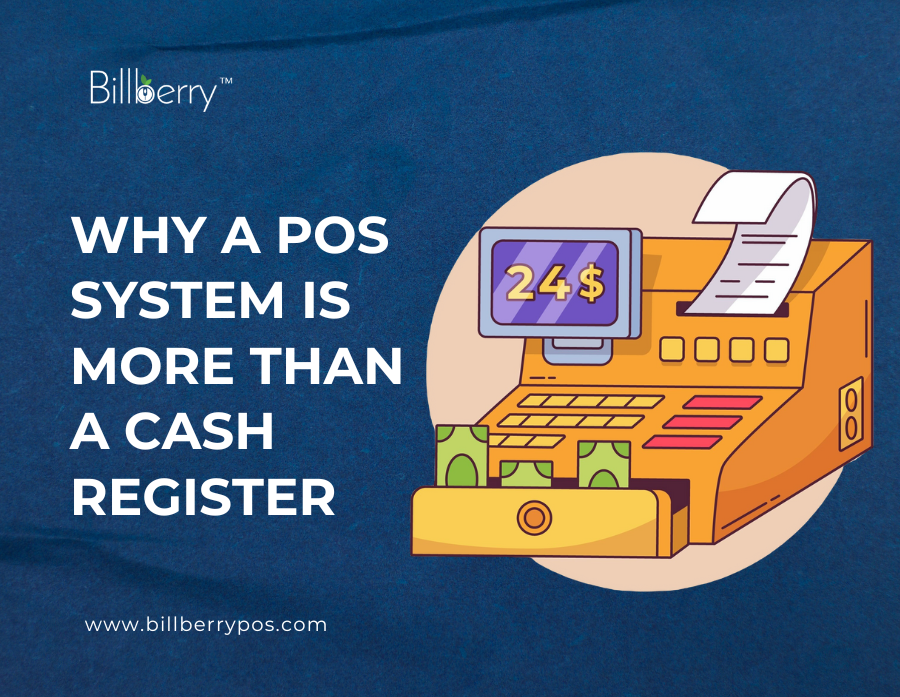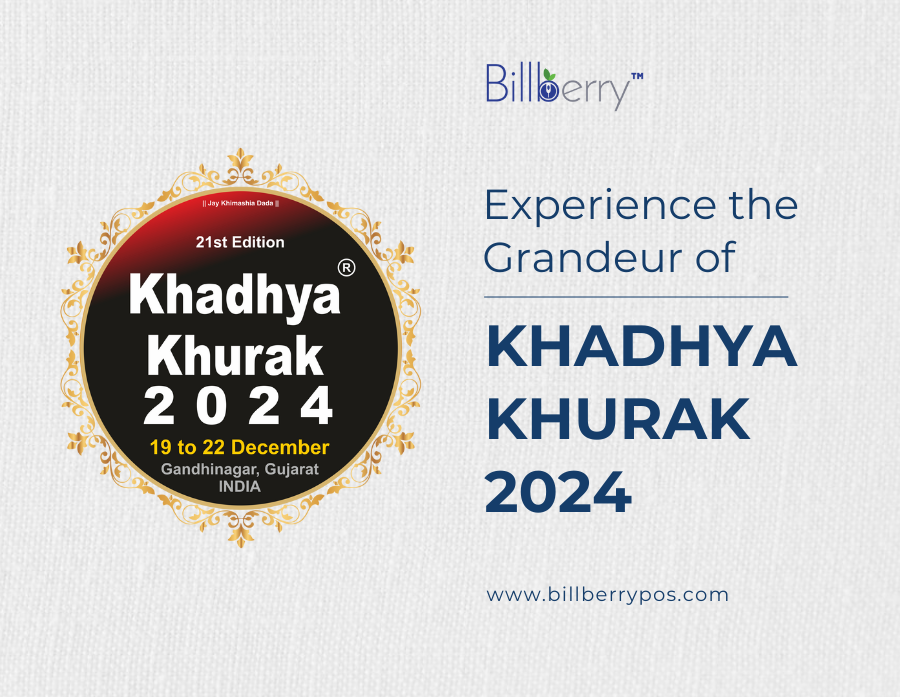Running a successful bakery requires more than just great recipes. Efficient sales tracking, inventory management, and customer engagement are key to growing your business. This is where a Bakery POS (Point of Sale) system comes into play. Whether you own a small bakery or a large-scale pastry shop, choosing the right POS software can streamline your operations, save time, and boost profits.
In this guide, we will explore the best POS system, their key features, cost considerations, and how they can benefit your business.

Why Do Bakeries Need a POS System?
A POS system is more than just a billing tool; it serves as the backbone of your business. Here’s why every bakery should invest in a robust point of sale system:
~ Simplified Order & Billing Process
A bakery billing software ensures quick and hassle-free transactions, whether it’s walk-in customers or online orders. Features like touchscreen POS systems and integrated payment solutions make checkout seamless.
~ Efficient Inventory Management
Track ingredients like flour, sugar, and chocolate in real time with bakery inventory management. This prevents wastage and ensures you never run out of stock for your best-selling items.
~ Enhanced Sales Tracking & Reporting
A Bakery sales tracking software provides insights into your best-performing products, peak sales hours, and customer preferences. With automated reports, you can make data-driven decisions to optimize your menu and pricing.
~ Improved Customer Relationship Management (CRM)
A POS software with CRM integration helps you maintain customer profiles, track their purchase history, and offer loyalty programs or discounts to increase retention.
~ Streamlined Online & In-Store Orders
With a cloud-based POS, you can synchronize in-store sales, online orders, and third-party delivery platforms, ensuring smooth order fulfillment.

Essential Features to Look for in a Bakery POS System
When choosing the best POS system for your bakery, consider the following must-have features:
~ User-Friendly Interface
A touchscreen POS with an intuitive design ensures quick order-taking and faster service, reducing customer wait times.
~ Inventory & Ingredient Tracking
A Bakery management system should allow you to monitor raw materials, alerting you when stock is low, and helping with bulk purchases.
~ Integrated Payment Solutions
Ensure your POS accepts multiple payment modes, including credit/debit cards, UPI, and digital wallets.
~ Customer Management & Loyalty Programs
A POS with customer engagement features can help drive repeat business with discounts, special offers, and personalized promotions.
~ Multi-Location & Cloud Syncing
For bakery chains or franchises, a cloud-based POS system ensures real-time updates across all locations.
~ Customizable Order Management
Your POS should allow modifications for special cake orders, bulk bookings, and advance reservations.
~ Advance Order Management
Bakeries often receive pre-orders for cakes, cookies, and other items. A robust POS system for bakeries should have an Advance Orders feature to record and manage these orders, ensuring smooth fulfillment and timely delivery.
~ Upload a Picture for Custom Orders
For personalized cakes, customers often have specific designs in mind. With the Upload a Picture feature, bakery staff can attach an image of the desired cake while taking the order, ensuring accuracy and customer satisfaction.
~ Detailed Sales Reports & Analytics
Look for a Bakery sales tracking software that generates daily, weekly, and monthly reports to identify trends and boost profitability.
Cost Considerations: How Much Does a Bakery POS System Cost?
The cost of a Bakery POS solution depends on the features, scalability, and type of software you choose. Here’s a general pricing breakdown:
Basic POS System (for small bakeries): ₹9,000 – ₹15,000 (one-time) or ₹500 – ₹1,500/month (cloud-based subscription)
Advanced POS with Inventory & CRM: ₹20,000 – ₹30,000 or ₹2,000 – ₹5,000/month
Enterprise-Level POS (for large-scale bakeries & franchises): Custom pricing based on features & locations
Investing in an affordable POS system ensures smooth operations while providing long-term cost savings.
Choosing the Best Bakery POS for Your Business
1. Before making a final decision, ask yourself:
2. Does the POS system for my bakery support online orders and deliveries?
3. Can it track ingredients and inventory efficiently?
4. Is it easy to use for my staff?
5. Does it offer integration with third-party delivery apps?
6. Does it fit my budget?
By answering these questions, you can narrow down your choices and invest in a POS software that aligns with your business goals.
Final Thoughts
A Bakery POS system is an essential tool that helps streamline sales, manage inventory, and enhance customer experience. Whether you’re looking for a POS system with CRM integration, a cloud-based POS, or a POS solution for small businesses, investing in the right software can take your bakery to new heights.
Get Started with Billberry Bakery POS Today!
If you’re ready to take your bakery to the next level, consider Billberry Bakery POS – an affordable, efficient, and feature-rich solution designed for bakeries of all sizes. With an easy-to-use interface, real-time inventory tracking, and customer loyalty features, Billberry Bakery POS helps you streamline operations and grow your business.
See for yourself how Billberry POS can improve your bakery operations. Our team will walk you through its powerful features and help you get started!






























